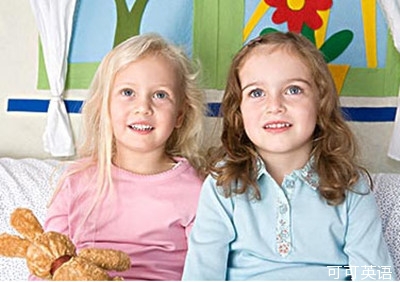A Collective Style of Living
 With the development of ideas about individualism,people soon began to shift to the use of individual cups and plates;the eating of meals that included meat, bread,and vegetables served on separate plates;and the use of private toilets.
With the development of ideas about individualism,people soon began to shift to the use of individual cups and plates;the eating of meals that included meat, bread,and vegetables served on separate plates;and the use of private toilets.











